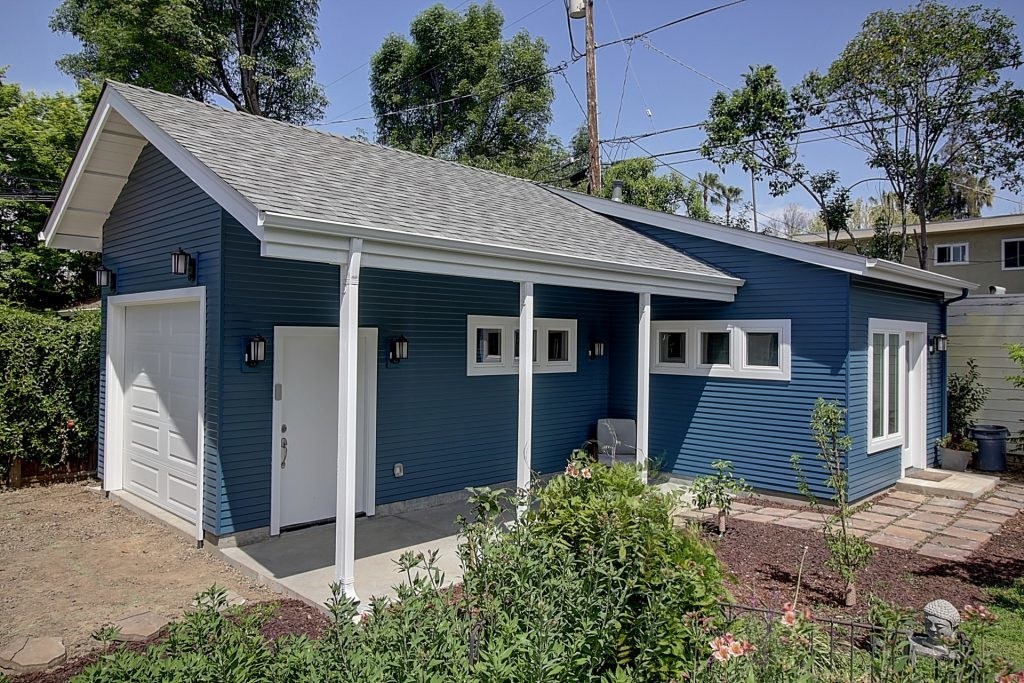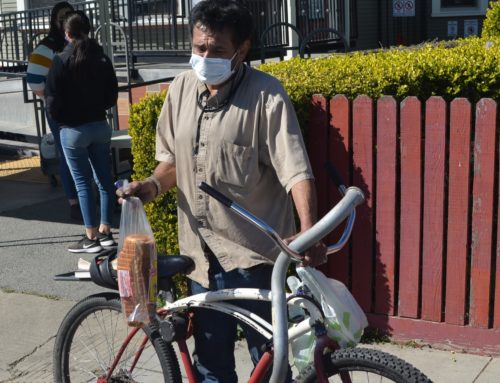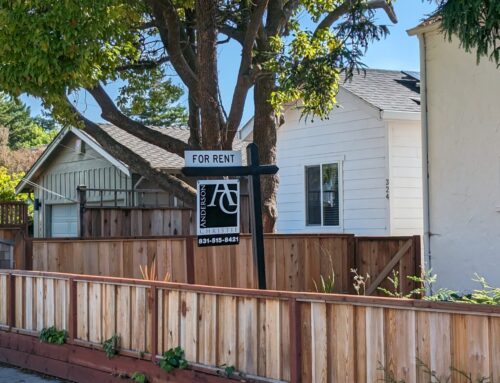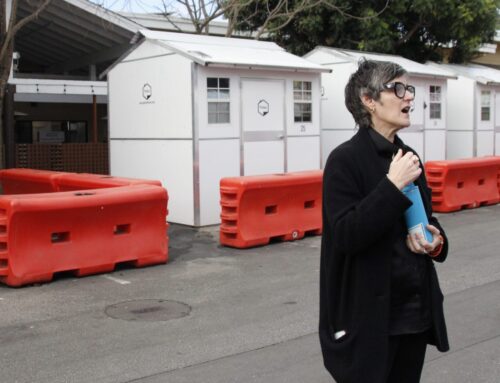
Campbell-based Acton Construction Inc. has plans for accessory dwelling units that are pre-approved in San Jose. (Acton Construction Inc.)
SANTA CRUZ >> Santa Cruz County supervisors on Tuesday loosened building rules for in-law units in unincorporated county areas. The rules are intended to increase housing production and comply with new state laws that can allow up to two in-law units on properties with single-family homes.
Accessory dwelling units in unincorporated county areas can be converted within homes, above garages, attached to homes or built as new, small freestanding units. The supervisors’ approved rules apply to new and converted in-law units, as well as junior accessory dwelling units. Junior units are 500 square feet or fewer, within a single-family home and include a separate entrance, kitchen or shared kitchen.
The supervisors’ changes also must be approved by the California Coastal Commission to take effect.
- New parking is required for in-law units in coastal areas. A new parking spot is required for new in-law units and where garages are converted to in-law units in Coastal Commission “designated coastal areas.” The areas include parts of Live Oak, Seacliff, Aptos, La Selva Beach, Swanton and Davenport. It also includes Opal Cliff Drive from 41st Avenue to Capitola. The new parking is required even if the unit is within one-half mile of a bus stop, in a historic district or close to a ride share service. If a current parking spot is converted into an in-law unit, a replacement parking spot must be built. Coastal Commission staff essentially has said that non-resident coastal visitors need parking.
- Other parking requirements. Outside coastal areas, conversion in-law units and junior in-law units do not require a new parking space. New in-law units require a new parking space unless they are within one-half mile of a bus stop, within a historic district or within one block of a dedicated parking space for a ride-share service.
- A definition of in-law unit “conversions” and new units. Conversion in-law units can be up to 150 square feet larger than the original structure. Units that expand further would be considered new.
- Allowing existing setbacks. Buildings could be demolished and rebuilt as a conversion accessory dwelling unit even if they did not conform to setback requirements.
- Objective design standards for in-law units. For example, new in-law units visible from the road must have roof pitches and materials similar to the main home. Or, they must have siding material, color, window and door trim that matches the main home.
- Allowing relatives of the property’s owner to fill a requirement that an owner lives on the property. County staff had recommended that the owner-occupancy requirement be removed because it could hinder new construction. However, some supervisors were concerned about negative impacts of investor-owned in-law units. By including relatives of the owner to live on a property with an in-law unit, it would “allow the common situation where owners’ children or parents occupy either of the units while the other unit is rented,” county staff wrote in a report.
The supervisors voted 4-1 with Supervisor Manu Koenig in the minority. Koenig said that a property owner or a relative should not be required to live where an in-law unit is built.
“I don’t support the changes that we made because we are fundamentally disallowing folks who rent the property and don’t live on the property from adding to the housing stock,” Koenig said at Tuesday’s supervisors meeting. “We really need to be doing everything we possibly can to increase housing production in this county,” Koenig said. “I feel that really we should be empowering everyone to add additional ADUs.”
Koenig also said that parking requirements for in-law units in unincorporated areas in the coastal zone should be the same as the parking requirements in the city of Santa Cruz’s coastal zone. In Santa Cruz, off-street parking is only required for new in-law units within 500 feet of the coast.
Supervisor Zach Friend said at Tuesday’s meeting that the deregulation would help add new homes. “It is now cheaper and easier and faster to build an ADU than it was in our county even just a couple years ago,” Friend said.
Some architects, builders and residents have weighed in on the new rules.
Preston Rutherford is an in-law unit developer with a goal to build 1,000 in-law units in California by 2025. He said the parking requirements for in-law units should only apply within 500 feet of the coast. In an August email to county planners, he cited research that suggested that new parking spots have prompted residents to own vehicles.
“Requiring more parking spaces does not meet a need for parking. Rather, requiring parking changes people’s behavior and makes them more likely to get a car,” Rutherford wrote.
Become a member of Santa Cruz Local, an independent, community-supported newsroom that’s owned and led by local journalists. Our stories are free and always will be, but we rely on your support.
Already a member? Support Santa Cruz Local with a one-time gift.
Stephen Baxter is a co-founder and editor of Santa Cruz Local. He covers Santa Cruz County government.





